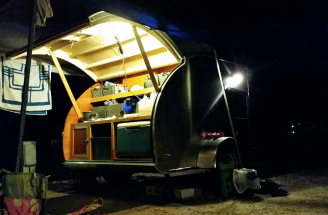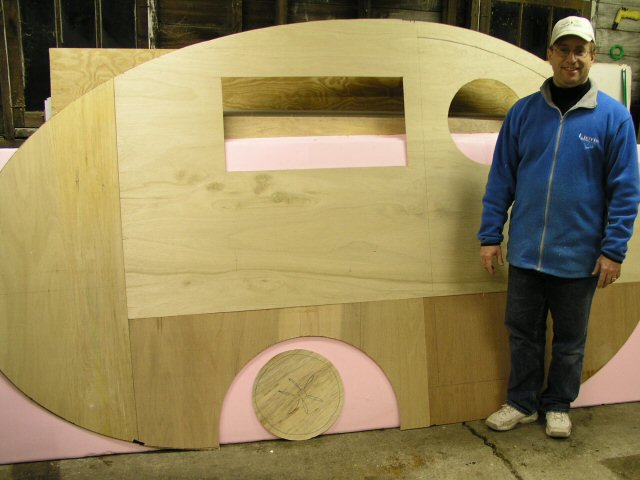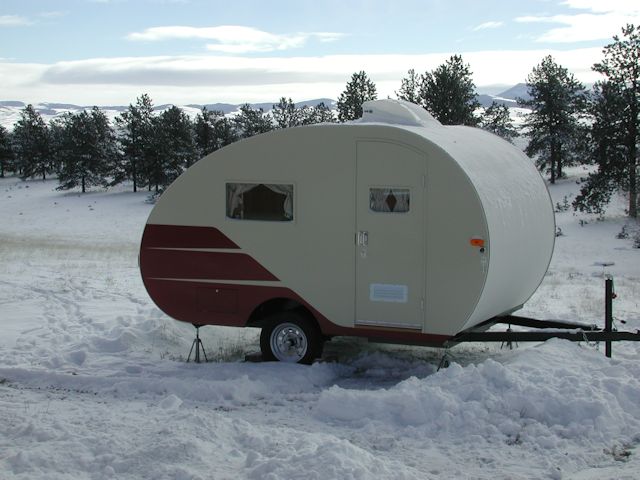I'm trying real hard NOT to like the 5' high design for $$ and ease of build purposes, but I simply cannot. I'm 6'1" and I keep coming back to that extra head room while maneuveing around inside. Just seems to work for me.
Also, we are going to have bunks on the front end, like the raindrop, and I think that added room in between will make them a little better for the kids as they grow.
I can find 5' wide aluminum online, but 3/4 ply in 5 ft wide is really hard to come by in this area. I called 3 places locally (south GA) on friday to ask if they could even get it and they all acted like I was asking them to turn the sky purple. They had no clue.. guess I could check a cabinet shop, they might have a source locally.
So, this is what I don't like about a 5ft high.. but I am going to keep looking because I think it will pay off in the end with the extra room.
Just my 2 cents
Can someone tell me why there is no interest in a 5' high
44 posts
• Page 3 of 3 • 1, 2, 3
Re: Can someone tell me why there is no interest in a 5' hig
Brian
Checkout my buildThe Regal Eagle Bow front for 4

Also my teardrop updates from blog on Dad Rambles
Checkout my buildThe Regal Eagle Bow front for 4
Also my teardrop updates from blog on Dad Rambles
-

Gunguy05 - The 300 Club
- Posts: 385
- Images: 6
- Joined: Mon Dec 02, 2013 4:45 pm
- Location: South GA
Re: Can someone tell me why there is no interest in a 5' hig
Every Teardrop that I have built has been 5 ft tall.
Todah
Todah
"It is not good to have zeal without knowledge, nor to be hasty and miss the way." Proverbs 19:2 
-

Todah Tear - Platinum Donating Member
- Posts: 1723
- Images: 282
- Joined: Mon Feb 13, 2006 3:30 pm
- Location: Texas











